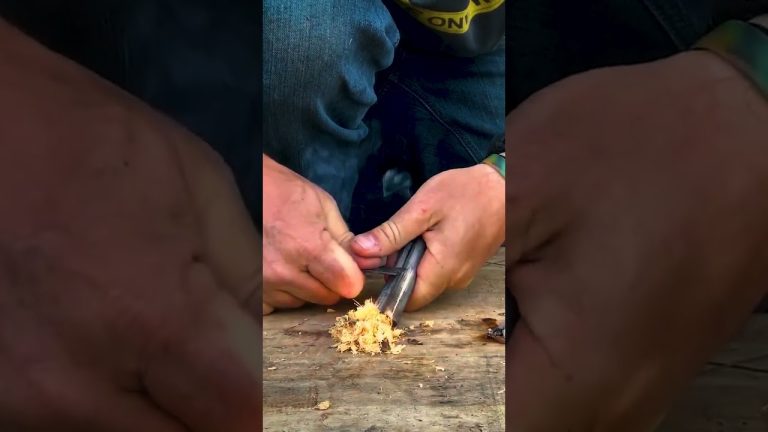Keeping an eye out for possible future pandemic diseases is part of our mission as medical preparedness advocates. Sometimes, the concern is significant, as it was when we reported on what would eventually be called COVID (“A New Pneumonia,” Jan. 7, 2020), and sometimes, not so much, as with avian flu (“Bird Flu,” April 4, 2024). This time, it’s a viral disease known as Mpox, short for Monkeypox. A “public health emergency of international concern” has been declared by the World Health Organization (WHO).
The Monkeypox virus is an Orthopoxvirus and is related to variola, also known as smallpox. The various types are divided in two “clades,” which, in biology, means they all have a common ancestor. In biology, a clade is a group of organisms with a common ancestor. There are two known clades of Monkeypox.
Clade I is generally considered more transmissible and more severe than clade II. Clade II was responsible for the 2022 outbreak, totaling 100,000 cases (including a number in the U.S.), but only a 0.2% death rate. The death rate of clade I is thought to be somewhat higher, but the number is uncertain and doesn’t reach Ebola-level heights. A special concern is that the current clade I outbreak affects children under 15 years of age more than any other age group.
In 2024, 25,000 clade I patients have been identified in Africa, although only a quarter have been definitively tested due to poor access to advanced medical care. Of these, 650 have died, almost all in the Democratic Republic of Congo. A handful have been documented in Sweden, Thailand, and Pakistan in travelers recently returned from Africa
(Aside: The World Health Organization has decided to change the name from Monkeypox to Mpox after allegations of “racism.” A more coherent reason would be that it’s not absolutely certain what animal mostly passes the disease. Although a monkey can have it, so can a number of African rodents.)
SIGNS AND SYMPTOMS OF MPOX
After an incubation period of as little as a day to as long as three weeks, symptoms of Mpox become obvious. Like many viral diseases, an infected person may be contagious for several days before showing physical signs of illness. Common signs include:
- A nodular itchy (sometimes painful) rash
- Fever and chills
- Sore throat
- Headache
- Muscle aches
- Lethargy
- Swollen lymph nodes
The tell-tale rash is rather distinctive, starting as flat splotches and turning into firm nodules, then turning into a blister filled with pus before eventually scabbing over. The lesions can appear on the hands, feet, chest, face or genitals. If it affects the eyes, permanent damage to vision may occur. Pneumonia and septicemia (infection of the blood) may occur and become life-threatening.
Symptoms usually last two to four weeks, but may last longer and be much more severe in children and those with weakened immune systems. Scarring may occur at the site of skin lesions, which may become infected with bacteria secondarily.
 Progress of complicated Monkeypox lesion
Progress of complicated Monkeypox lesion
HOW MPOX SPREADS
It’s not absolutely certain how animals spread the disease to humans, but being scratched or bitten is likely. Consuming bush meat from infected animals is another possibility.
Human-to-human transmission occurs through close contact. This includes body fluids or skin lesions, but even breathing close to one another may cause sickness, as could exposure to contaminated clothing or bedding.
Mpox may also be spread from mother to fetus.
Sexual contact is a known factor. The 2022 outbreak of clade II was thought to be spread, in great part, to sexual contact among men.
TREATMENT OF MPOX
No effective treatment has yet been approved for Mpox. Keeping the patient well-hydrated is important and seems to lower the severity of cases and death rates, as it did with the 2014 Ebola epidemic in West Africa.
In addition, there are some antivirals and immunoglobulins that are being used in certain cases. For patients under six months of age, Vaccinia immune globulin intravenous (VIGIV) is an option, according to the CDC.
The first MPOX vaccines, related to smallpox vaccines, have just arrived in Africa. Two doses are required, the second four weeks after the first. An 80% effectiveness rate is claimed, although it takes several weeks for the full effect to be noted. It has been claimed to be of benefit even after exposure, however.
Tecovirimat is an antiviral therapy that is available for treatment of severe cases. It is not yet approved by the Food and Drug Administration, but may be an option to protect those with weakened immune systems.
BOTTOM LINE
No outbreaks of the current Mpox (clade I) have yet been reported in the United States, and it’s unlikely to be a significant medical issue for Americans. Mild cases of the 2022 version (clade II) still pop up, however. Working to mitigate its spread in Africa is still the best way to deal with the disease for the foreseeable future. Continued vigilance and rapid action is our best protection against the next pandemic.
Joe Alton MD









 smallpox
smallpox A bum rap?
A bum rap? Dr. Alton
Dr. Alton










